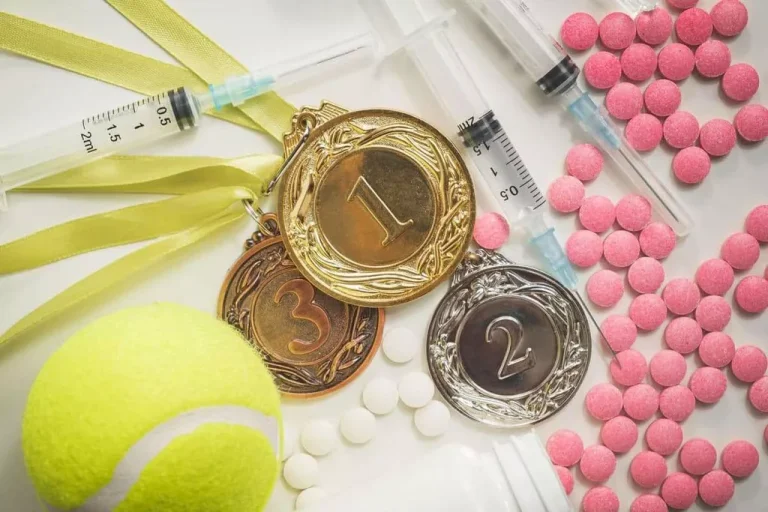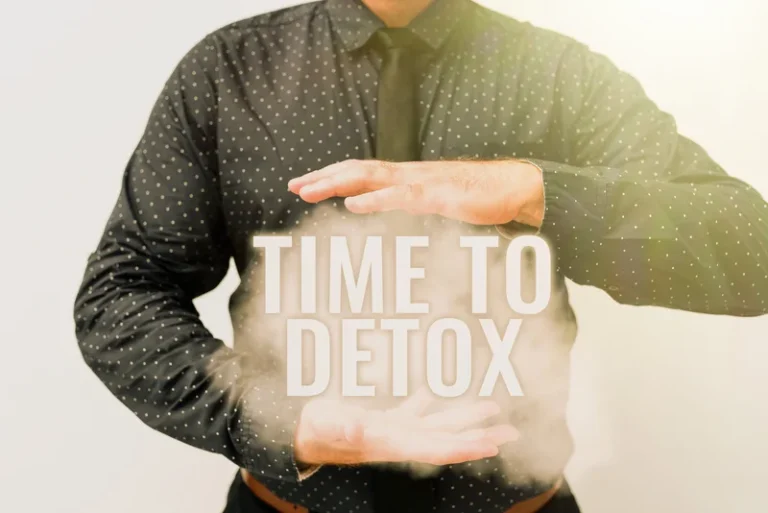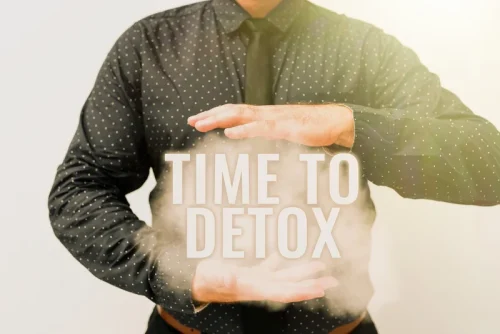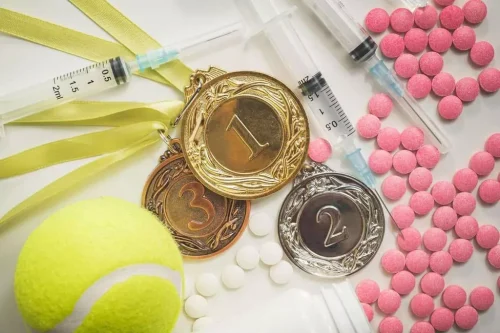
Psilocybin is classified as a Schedule I drug, meaning that it has a high potential for misuse and has no currently accepted medical use in treatment in the United States. Dr. Carl Hart, professor at Columbia University and recent author of the book Drug Use for Grown Ups, often speaks out against psychedelic exceptionalism. His work has helped many people to reframe what society knows about drug use by demonstrating that all kinds of people use drugs (even Dr. Hart, who came out of the closet this year as a heroin and methamphetamine user).
- Researchers at Johns Hopkins found that psilocybin was an effective treatment for depression and nicotine and alcohol addictions, as well as other substance use disorders.
- Experiences can vary based on how much you take, as well as by your personality, your mood and even your surroundings.
- These substances are also known as hallucinogenic drugs or simply hallucinogens.
- The dissociative ketamine is another substance whose antidepressant effects are suggested to result from enhanced BDNF and synaptic plasticity (107).
Post-Traumatic Stress Disorder
- Among people who reported using psychedelics in the last year, a whopping 50% said they microdosed the last time they used it, meaning they took a small dose that minimized the trippy effects.
- Renewed interest in the healing properties of such agents has led to the so-called “psychedelic renaissance,” in which many such substances are being studied for a wide range of conditions.
- Researchers had already established that MDMA’s addictive potential came from its ability to stimulate the release of dopamine, a neurotransmitter involved in reward and motivation that plays a role in most forms of addiction.
- It unfolds over several preparatory sessions, each dedicated to pinning down how and when to enter the psychedelic experience.
Still, since only a small percentage of participants reported belief in monotheism before their psychedelic experience, there appears to be a sampling bias among participants in studies of psychedelic drugs. This raises a question about just how much psychedelic drugs really result in new beliefs about God or whether they strengthen or otherwise impact pre-existing beliefs. Then there are the thousands of people with mental health concerns who will never agree to are psychedelics addictive undergo a psychedelic trip. For those people, scientists such as Roth are attempting to find an alternative approach. He and his team recently identified the mechanisms by which psychedelics bond to the brain’s serotonin receptors and are using the knowledge to identify new compounds.

Can a Psychedelic Experience Improve Your Life?

Whether it’s a clinical setting or a retreat, it’s important to understand that ingesting psychedelic substances alters consciousness and can make you vulnerable to suggestion. There’s also the risk, particularly with LSD use, of hallucinogen persisting perception disorder (HPPD). However, experts note that this appears to be more common when using substances without medical supervision. Psychedelic therapy (sometimes referred to as psychedelic-assisted psychotherapy, or PAP) is a type of psychiatric practice that involves ingesting a psychedelic substance as part of a psychotherapeutic process. However, some hallucinogenic drugs may lead to tolerance and some people report experiencing withdrawal effects when they stop using such substances.
Here’s What Magic Mushrooms Do to Your Body And Brain

That’s different from neurogenesis, which is the development of brand-new brain cells, typically from stem cells in the body. The growth of dendrites helps build and then solidify new circuits in the brain, allowing us to, for example, lay down more positive pathways as we practice gratitude. Julie Marks is a freelance writer with more than 20 years of experience covering health, lifestyle, and science topics. In addition to writing for Everyday Health, her work has been featured in WebMD, SELF, Healthline, A&E, Psych Central, Verywell Health, and more. Her goal is to compose helpful articles that readers can easily understand and use to improve their well-being. She is passionate about healthy living and delivering important medical information through her writing.
What are psychedelic and dissociative drugs?

Another potential concern is the possibility of people using psychedelic substances to self-treat. Self-treatment can pose a number of risks including the psychological dangers of experiencing a bad trip, the possibility of drug interactions, and the fact that many street drugs are mixed with unknown and potentially harmful substances. While psychedelic therapy is generally considered safe and is well-tolerated, there are some potential risks and adverse effects to consider. The classic psychedelics such as LSD and psilocybin pose few risks in terms of physical or psychological dependence along with other risks such as the following. See NIDA-funded projects related to psychedelic and dissociative drugs, and learn more about related clinical trials. This research provides important information to inform scientists as they seek to harness these drugs’ therapeutic potential.
LSD (D-Lysergic Acid Diethylamide)
These are also known as “flashbacks” and can be mistaken for neurologic conditions. This therapy may work, in part, through its effects on certain personality traits. One small-scale study involving subjects with treatment-resistant depression found that, after engaging in psilocybin therapy, their neuroticism scores decreased while https://ecosoberhouse.com/ their scores in extraversion, openness, and conscientiousness increased. Psychedelics also produce physical side effects, including changes in heart rate, blood pressure, and body temperature. People may experience weakness, lack of coordination, dizziness, and/or shaking.
Neuroscientist Gul Dolen, MD, PhD, has a theory that she says bridges the psychological and physical effects of psychedelic-assisted therapies. It may be, Olson says, that one day, drugs like this could be prescribed for home use, perhaps even without psychotherapy. And just because your psychedelic experience felt memorable or meaningful doesn’t mean those particular qualities of the experience are what made you get better. For example, at a 2021 trial for cancer-related depression at the Aquilino Cancer Center in Rockville, MD, one woman told lead investigator Manish Agrawal, MD, about a vision she had during psilocybin therapy in a clinical trial. The emergency and referral resources listed above are available to individuals located in the United States and are not operated by the National Institute on Drug Abuse (NIDA).
Obsessive-compulsive disorder (OCD)
The second phase involves ingesting, either orally or via injection, the psychedelic substance under the supervision of a trained therapist. Ololiuqui’s effects are similar to those of LSD, but the drug may also cause nausea, vomiting, headache, high blood pressure, and drowsiness. Effects of peyote include uncoordinated movements, excessive sweating, and flushing. Any person who manufactures peyote for or distributes peyote to the Native American Church, however, is required to obtain registration annually and to comply with all other requirements of law. Lysergic acid diethylamide (LSD) is a chemically synthesized hallucinogen, developed from ergot, a kind of mold that grows on the rye grain. Also known simply as acid, LSD was widely used in the 1960s until it was made illegal.
